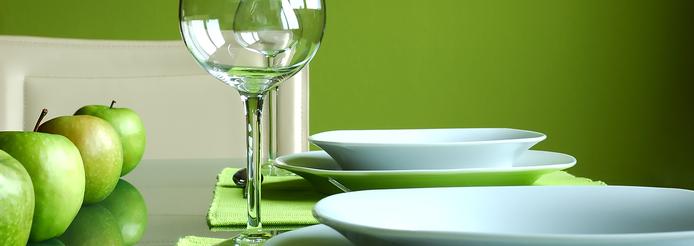“After searching for data on home décor styling trends, Assortment Styler was the only report with details on how Americans decorate their homes. The report gave us the competitive advantage across multiple titles of knowing the top home décor styles and historical and future trends.”

In our last blog, we discussed ways to grow sales from your most successful products. We explained that there are two key ways to grow sales of a successful visual design; by going deeper into that design niche or by expanding your product’s visual appeal to encompass the tastes of consumers in related design segments. Here we offer a case study that explains how we used consumer research to build a new collection that enjoyed cross-segment design appeal.
Early in my career I was part of a product development team that was charged with creating a new collection of casual dinnerware. We examined the best-selling patterns and no gaps in the design offerings jumped out at us. So we targeted several of the top selling designs, not to copy but to understand at a deeper level. We identified what it was about these designs that their purchasers appreciated, what made consumers buy these designs. We discovered that even the strongest designs had weaknesses. (That might seem surprising but think of it this way. A top selling design might have a 20% share of market. That’s a great performance. But it also means that 80% of consumers don’t like it, at least not enough to buy it.) By interviewing those who liked and disliked the top designs we began to see the designs’ appeal and also their weaknesses. Often only one aspect of a design – perhaps a color or a flower or scale- is enough to undermine its appeal.
One of the top selling competitors revealed weaknesses in our consumer interviews. It was a blue and white Danish design. We found that more people would buy it if some of its weaknesses were corrected. The white porcelain body, for example was a white with grey tones which made it cold in feeling and did not match other whiteware. We decided to go with a warm white body with yellow tones that matched more white ware. Shape wise, the competitive design had strong, angular masculine shapes. Some consumers described the soup bowls as dog dishes due to their sharp vertical lines. We rounded the shapes of our bowls and also widened the face of the plates to increase the plate’s capacity versus the competition. The competitive design had a dark blue band and some versions were accented with small red floral accents. Consumers and our team liked this approach because we saw it as appealing to multiple design segments – those who like plain bands as well as those who liked florals. But we took that concept further, creating three color ways, each of which started with a basic plain band, then added a small floral accent in one color way and then added a stronger floral accent in another color way that worked with both the plain band and the lighter floral accent. All of the serving pieces came with only the three colors of plain bands.
The new collection was the strongest the company ever had in the category. It quickly rose to the top selling ranks because it vastly outgunned the competitor that originally inspired it. The competitive product was a cold white, ours was a warm white. The competitive product was masculine, ours was feminine. The competitive product appealed to just one design segment – plain bands – ours appealed to three – plain bands, small florals and heavy florals. And while their design was strongly Scandinavian (niche), ours was more mainstream.
Consumer research informed our efforts at each step of the project. First by identifying the strengths and weaknesses of each of the competitive designs. Second by testing our new concepts at each step of the way (design testing) – the body colors, the shapes and the designs and colors. By segmenting consumers as to which design segments they like best, we were able to understand how our new collection was enjoying expanded support by appealing to more design segments than the competitive design did – three segments versus one. Our nine pattern collection was one of the most successful casual dinnerware launches the company ever enjoyed.
To learn more about using design research to enhance and grow your product offerings, please contact us today!



